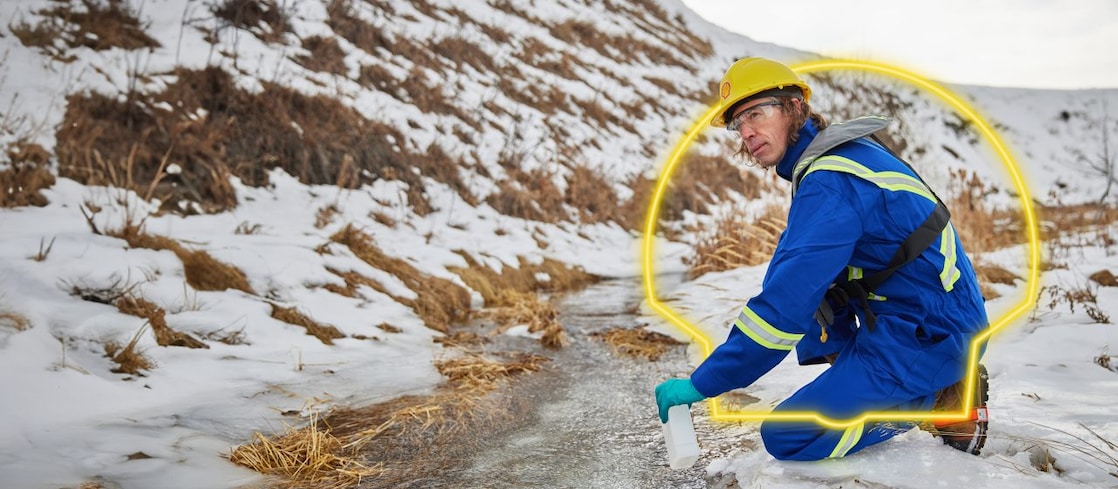
Sustainability
Our approach to sustainability takes into account the impacts, risks and opportunities related to climate, environment, safety, ethics, and people - from the global to the local level.

Our approach to sustainability takes into account the impacts, risks and opportunities related to climate, environment, safety, ethics, and people - from the global to the local level.